“An exercise of awareness. Imagine a mathematical drawing that connects all of us, in front of the Sun. Even if apparently isolated in our contemplation, we become a united front, on the same stage, motivated by human responsibility, each of us becoming Suns.” (Radu Cioca)
You enter the Opera building and allow yourself to be guided down a predetermined path. The rich interior, covered in red velvet, is charged with the aura of all the pieces previously performed there. First you climb the steps to the box, where you get a bird’s-eye view of the stage. In a white space that is almost immaterial, cut off by the intensity of the light from the dark auditorium, collected solar lights modulate, are projected onto white canvases. In the background, one hears a sound that seems to be from a different reality – the Earth’s vibration, captured from space. You watch people as they step into the white volume and receive a new presence. They look like sculptures in a scenography of perfect compositions that could continue endlessly. Then, you descend, you cross the great hall and reach the delimited space on the stage. You take one step and lose yourself in the white zone, you also dematerialize. If you turn your gaze towards the room, you see it, perhaps for the first time, from the actors’ perspective. You are no longer a spectator; you have become an actor in Radu Cioca’s scenography.
All the Suns is a monumental gesture of accumulating collective memory through the sun, a poetic, even utopian, approach: “A collection of light wonders, of sunlight, which we normally experience on our own, in the privacy of our homes, have become a unique spectacle in these times of isolation. This spiritual presence – a gift from the Sun certifies our connection with a universal macro dimension of the world.”
Radu Cioca lives and works in Cluj, Romania. He studied at the University of Art and Design Cluj-Napoca and L’École Supérieure des Arts Saint-Luc de Liège, Belgium. He experiments with various approaches, using drawing, painting, photography, video, computer animation or digital generated images, with a focus on sculpture and installations that challenge materials. His idea-based practice is to create a state of self-awareness in which the mystification of our reality is unveiled, thus raising questions and revealing relative ‘truths’. He is interested in creating moments where things ‘click’, by interrogating the given reality through a series of connections. His recent works investigate subjects such as the perception of time, the evolution of social trends and the aggregation of matter in relation with the idea of presence and universal vibration. There is a subtle poetic criticism in his works that deals with society’s new values that are turned into relevant images of our times, nuanced in a derogatory fashion.
Radu grew up in the Opera, wandering around the spaces reserved only for artists, and knew it outside show hours. He is from a family of artists and architects, which influenced the way he relates to the architectural space. He experiments in his practice with multiple media, with an emphasis on sculptures and installations that test the limits of their materials. “The whole installation is like a many-layered sculpture. I stole the Opera space, making it part of this installation, and I revealed it to the audience in a real, 1:1 way, making them aware of the place’s aura and the duality of the viewer/actor experience.”
The path from spectator to actor can be read as an entire well-delineated performance which, when recorded, could create a sculptural relation with the space. Radu counts on a strong encounter between the viewer and the work, the space in which it is situated, and the time it unfolds in: “The scenography is a pretext to keep the characters there, to take them to a zone where time is suspended.” His preoccupations are drawn from the minimalist paradigm, the phenomenology of site specificity, where the viewer’s attention is guided towards the bodily and temporal dimension of aesthetic experience. In Robert Morris’s words, the relations within the sculpture travel outward, so that they become a function of the space, the light, and the viewer’s visual field (Morris, “Notes on Sculpture, Part II,” Artforum, vol. 5, no. 2, 1966).
In All the Suns, site specificity also has an institutional dimension. Of the over 700 people who entered the Opera building for the exhibition, many had never done so before, and those familiar with the Opera had until then interacted only with an institution in which the audience’s role and place were well defined. The installation transgresses this limit to temporarily dissolve the distance between the institution and its audience.
The work was prepared and installed during pandemic isolation, an appropriate time to more carefully ask ourselves questions about the presence of art in our day-to-day lives. What kinds of experience do we have when we encounter art in an unexpected place, far from its specific environment, from the system of galleries and museums, when different expectations offer us a new possible reading?
All the Suns was created in collaboration with Tudor Câmpean (CG animation) and Teodora Cioca (scenography). It was part of the project Art & Well-being. The project was managed by the Cluj Cultural Centre in partnership with BOZAR (BE), UGM Maribor Art Gallery (SL), and the Bruno Kessler Foundation (IT), financed by the European Union through the Creative Europe, and staged by the Romanian National Opera in Cluj.
Translated by Rareș Grozea
POSTED BY
Georgiana Buț
Georgiana Buț is an independent curator and art theorist. She coordinated the ECCA—European Centre for Contemporary Art project and The Autumn School of Curating within the Cluj Cultural Centre (20...
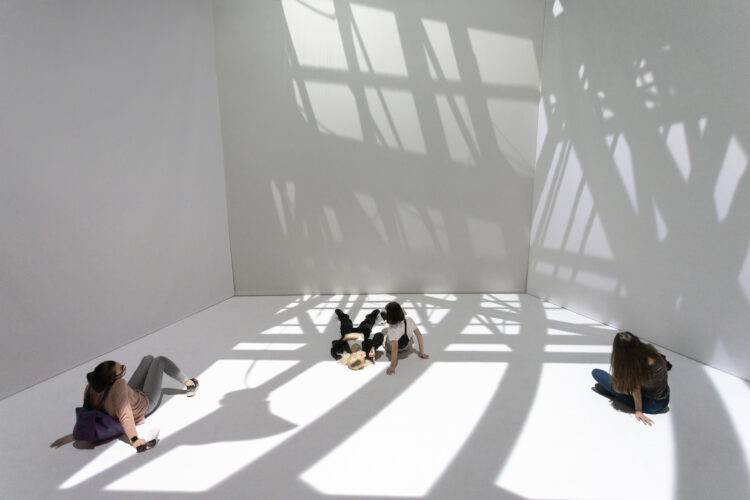
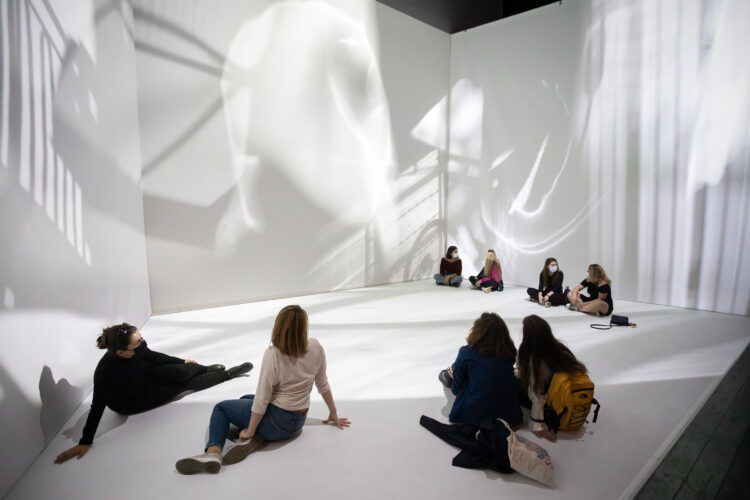
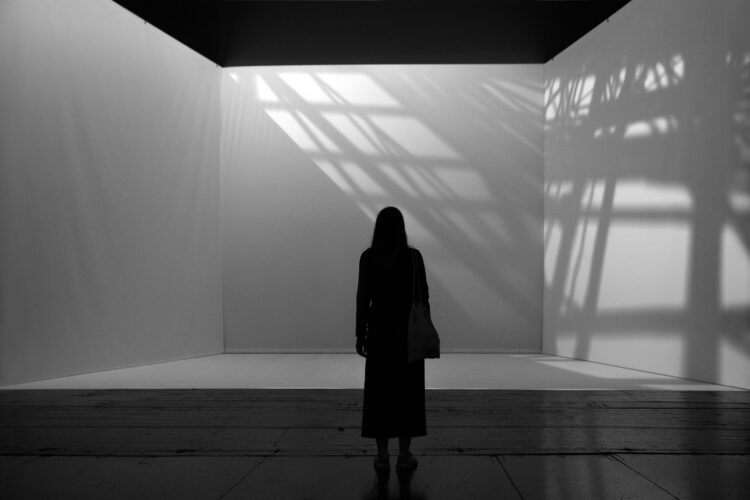
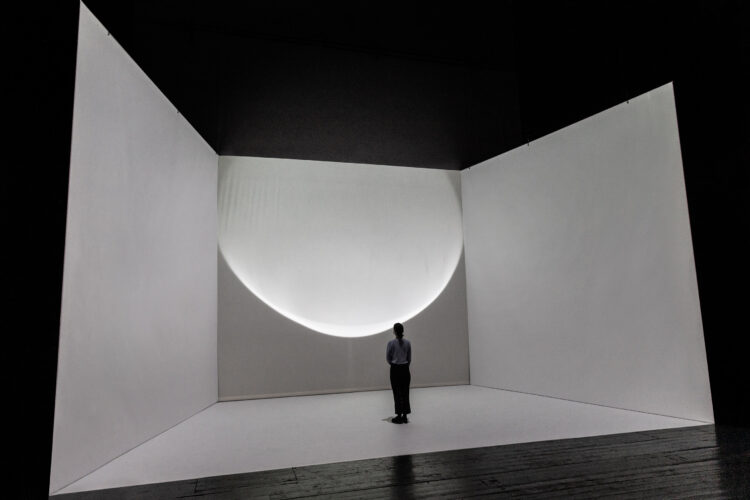
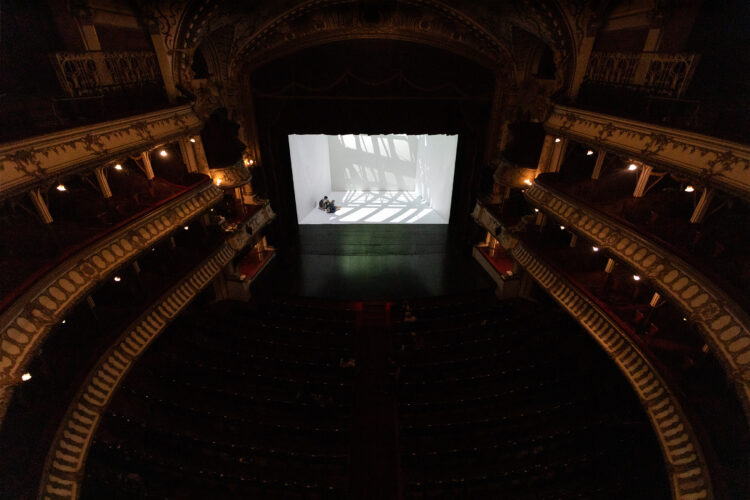
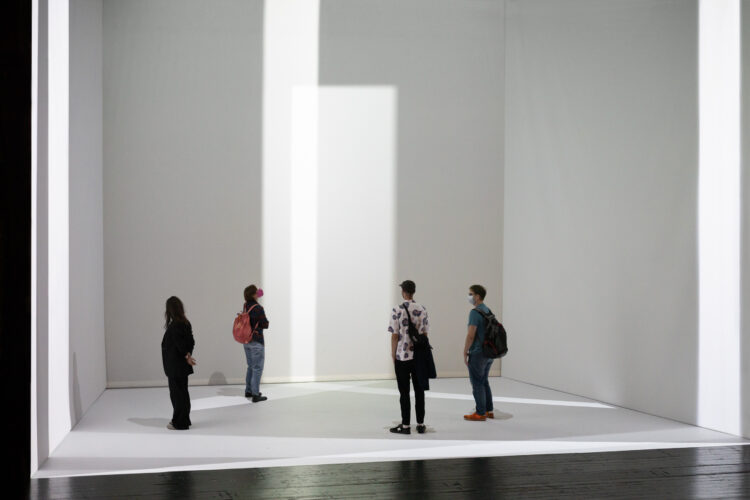
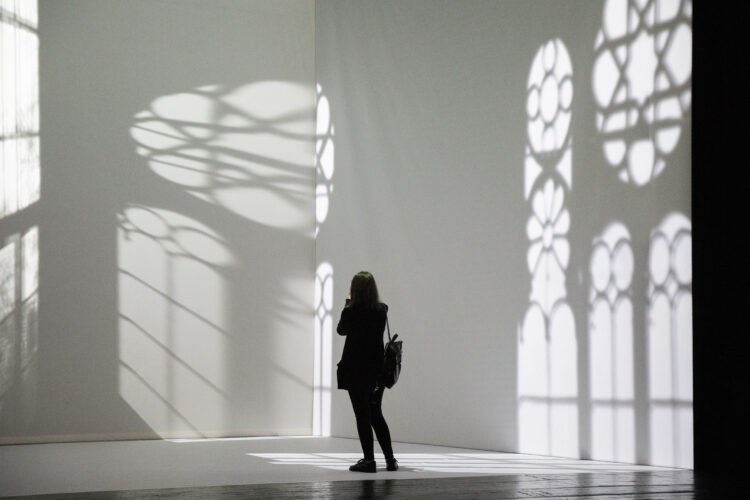
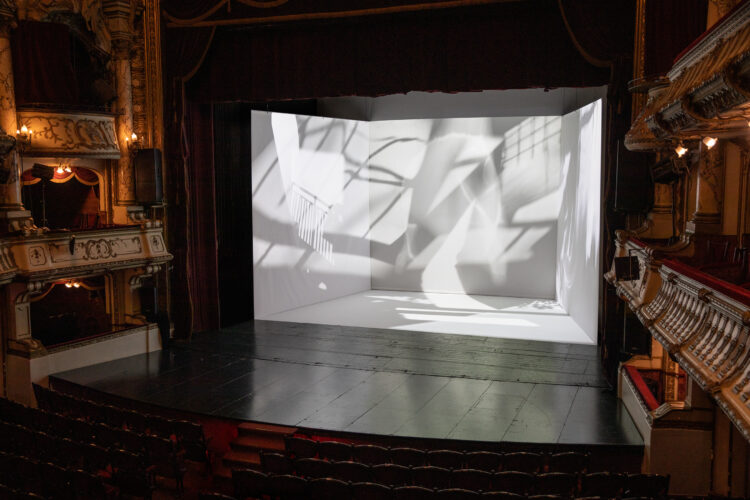
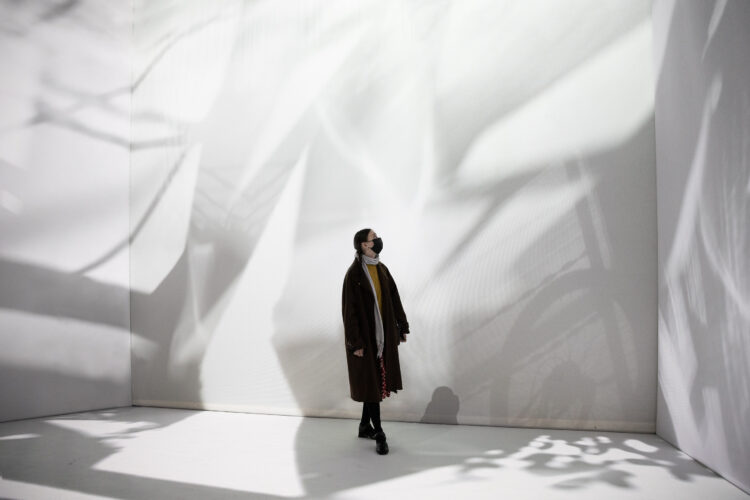
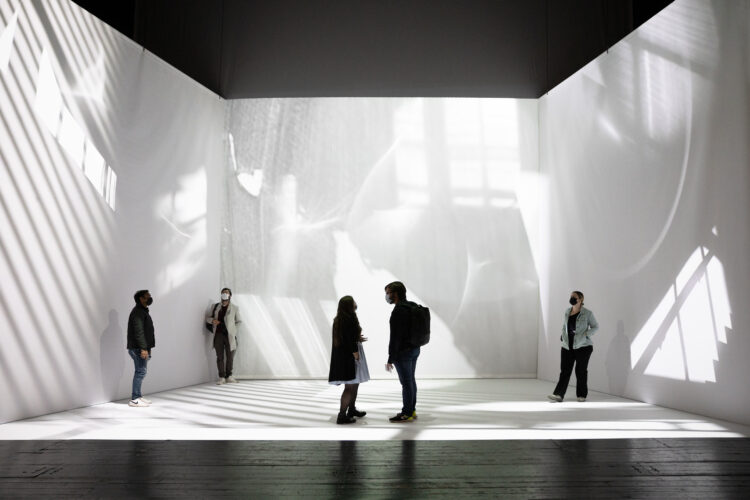
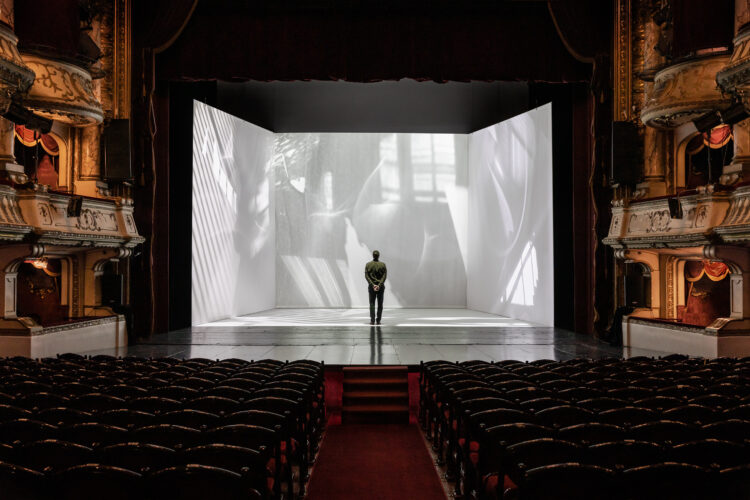
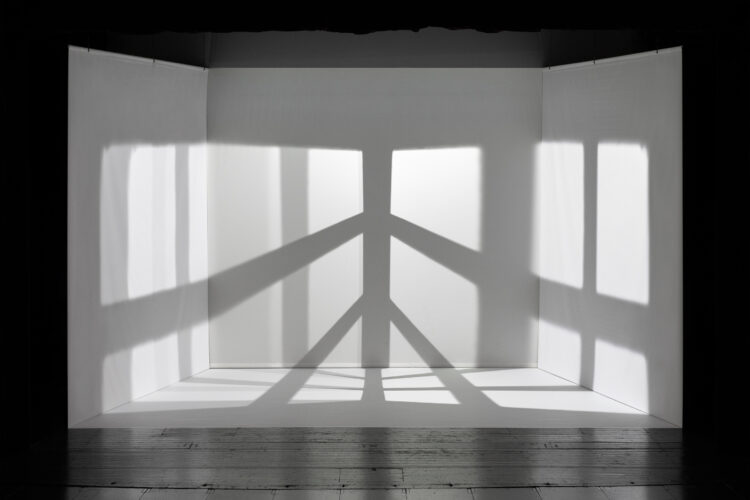
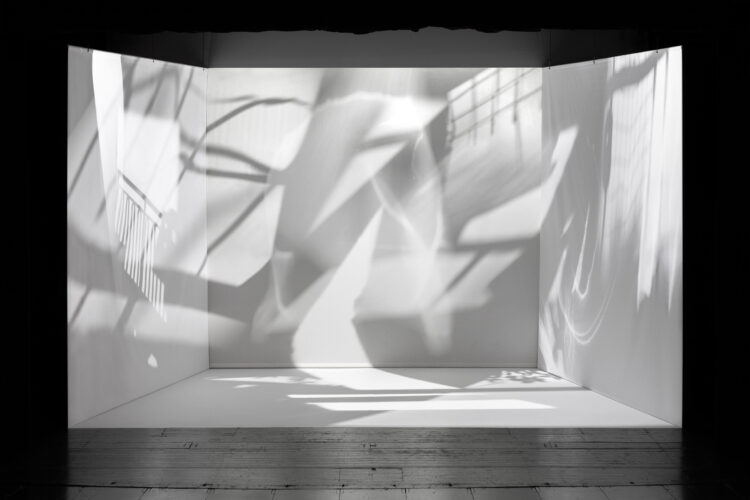
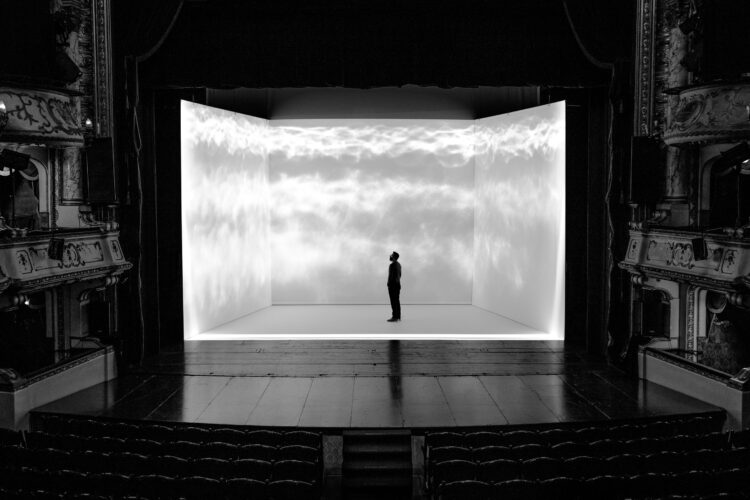
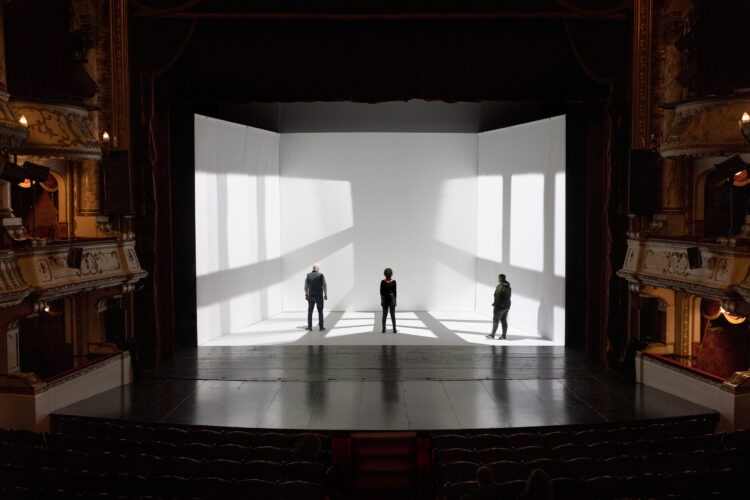
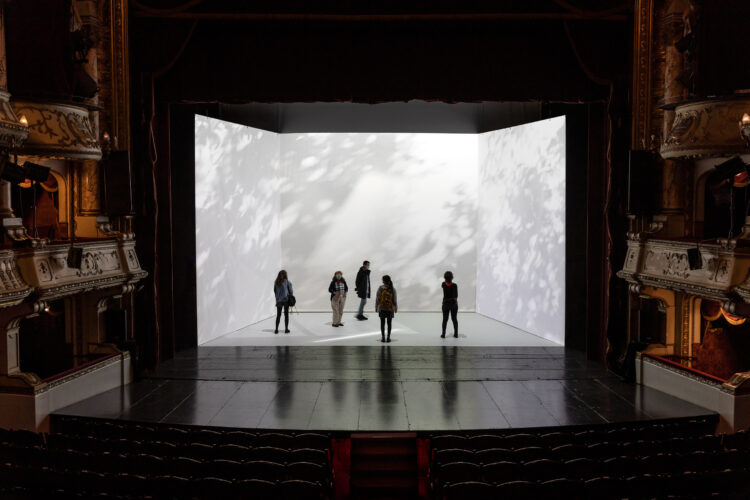
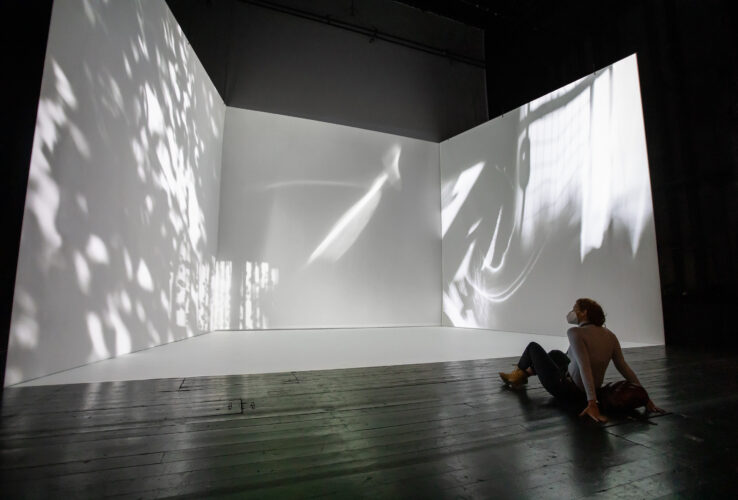
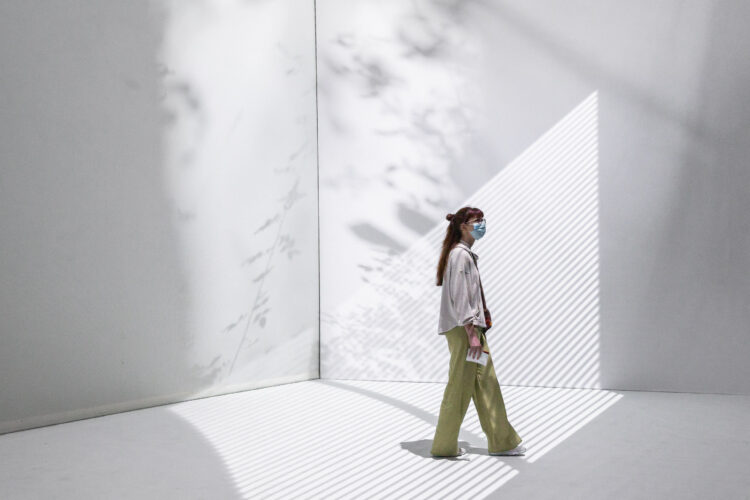
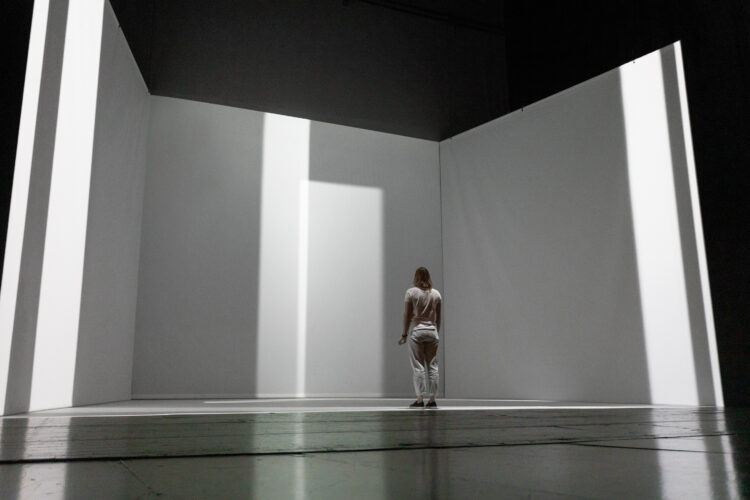
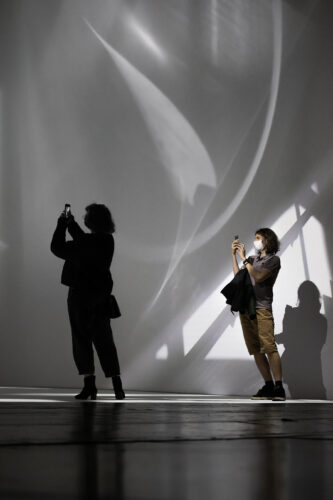
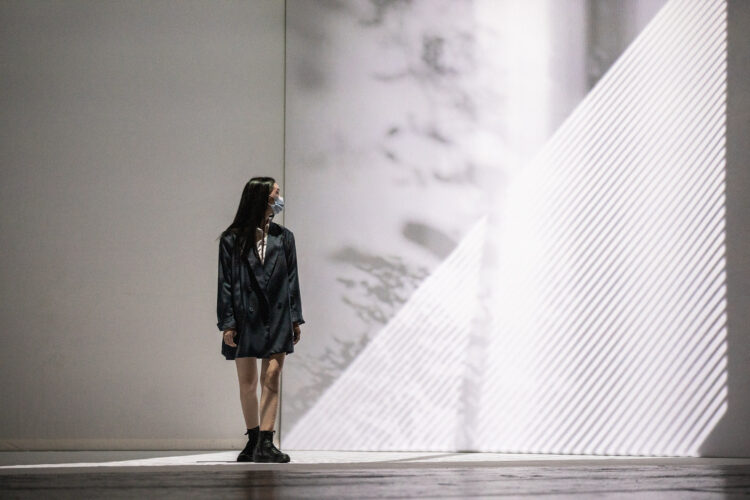
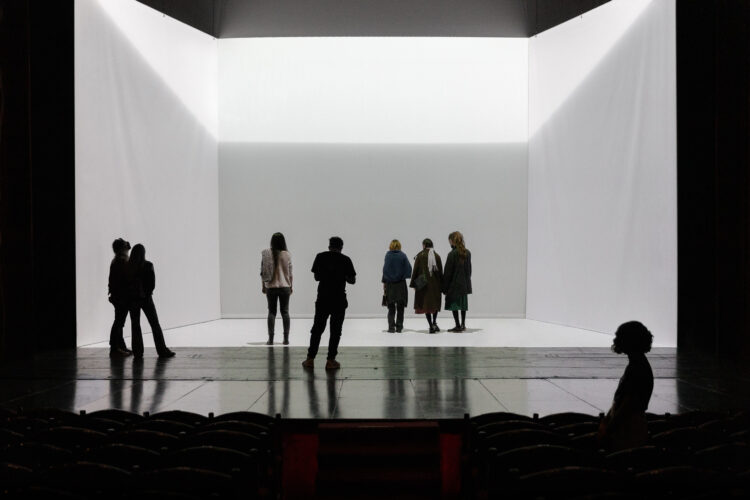

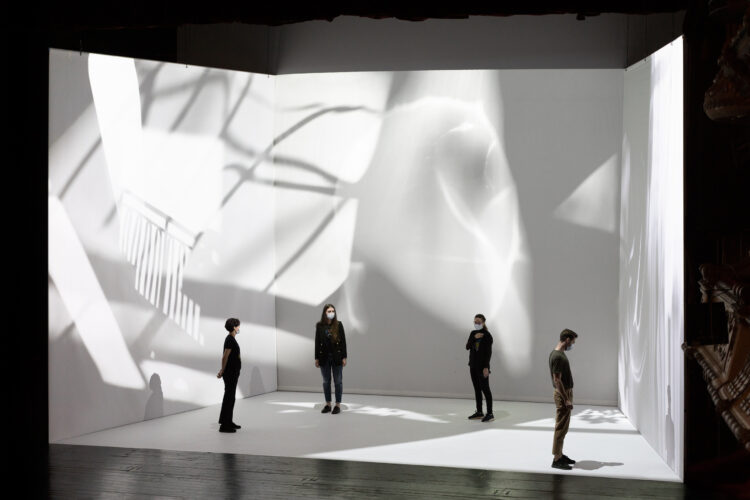
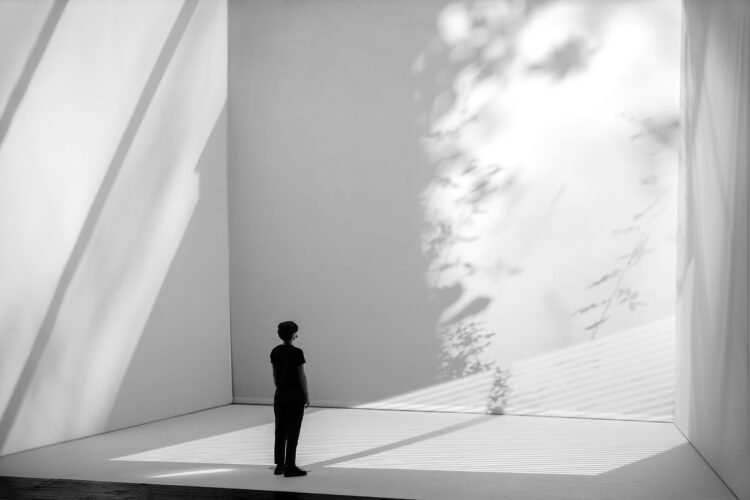
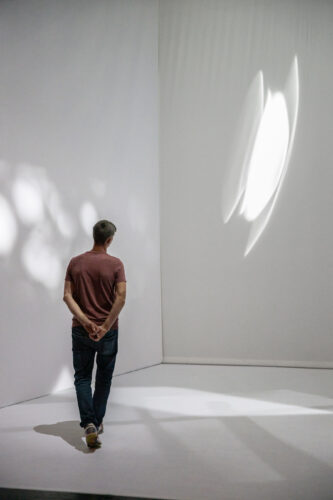
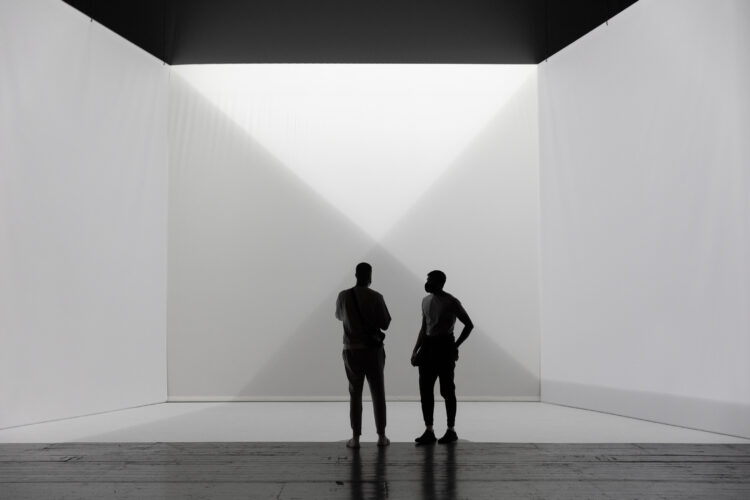
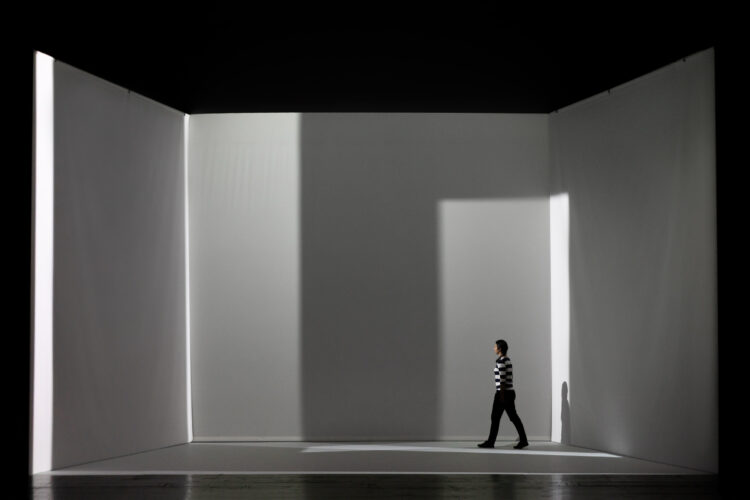
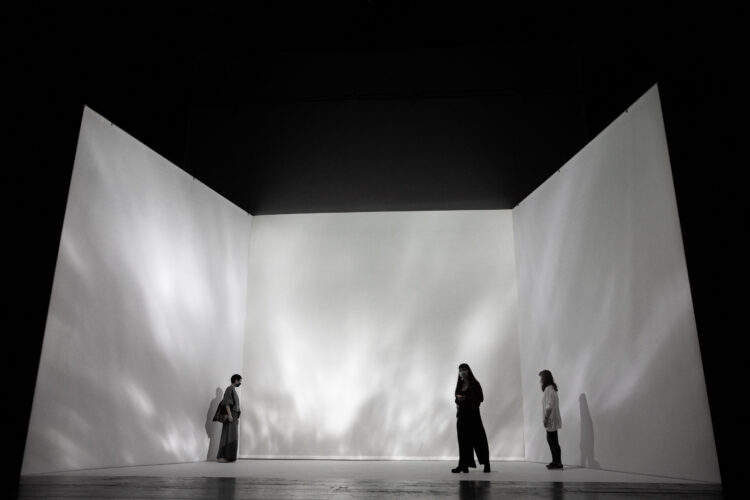
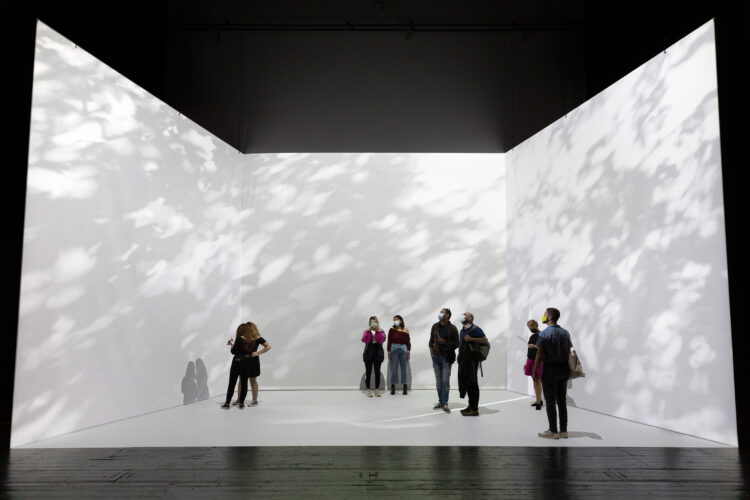
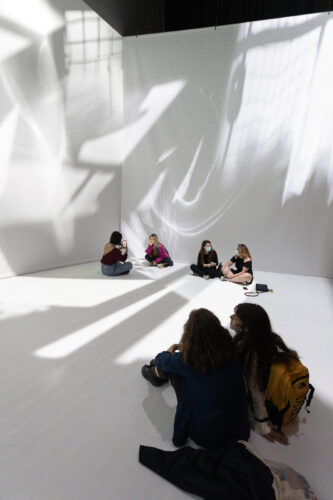
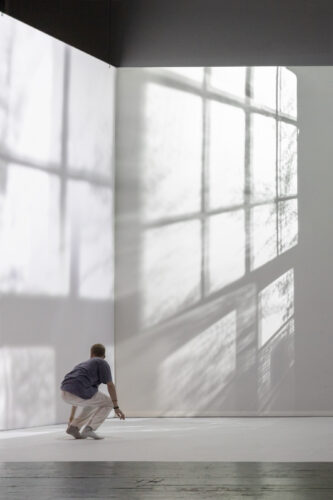
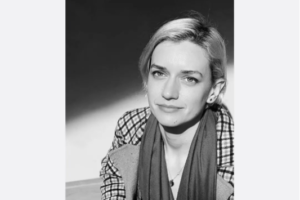
Comments are closed here.